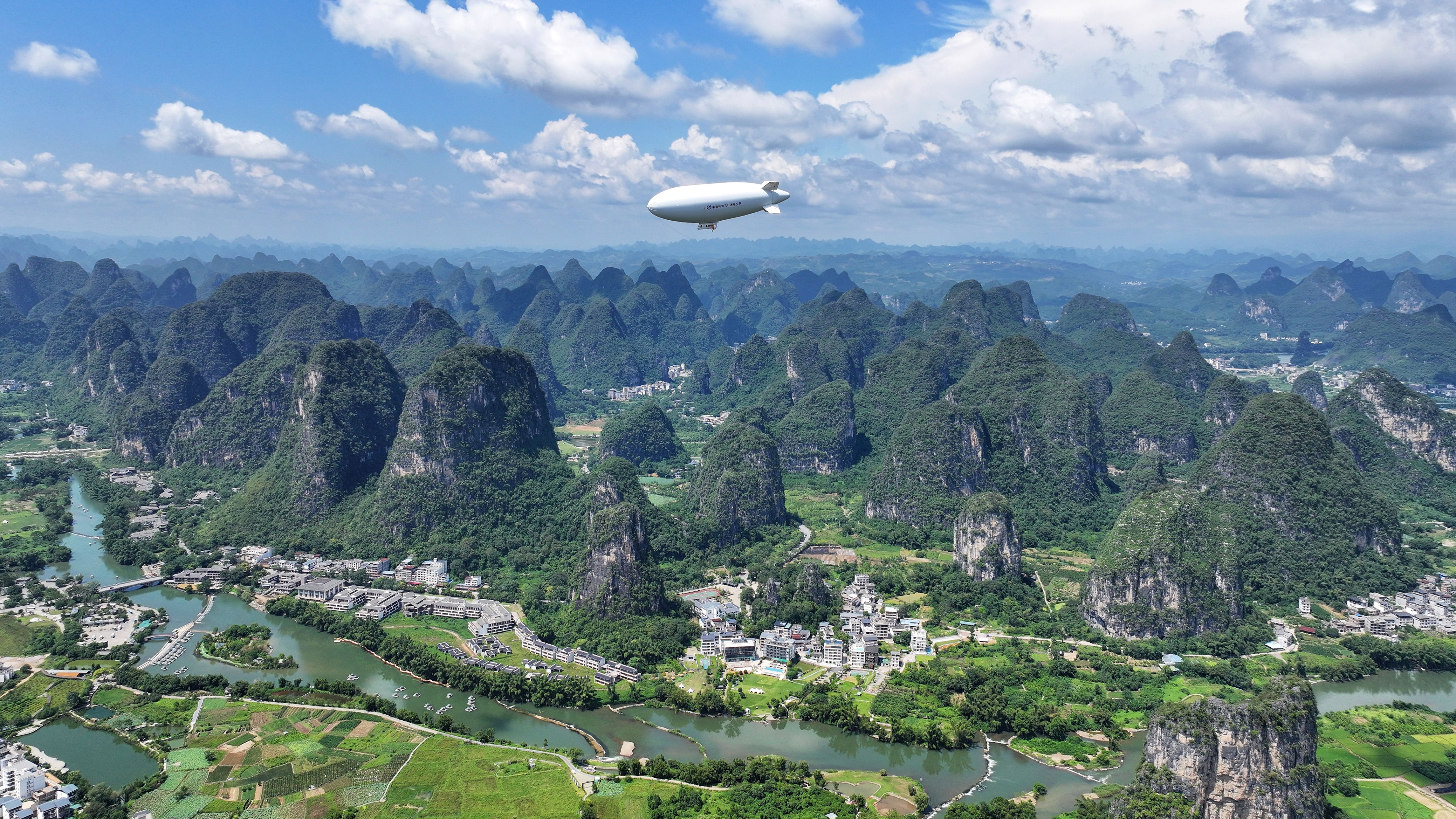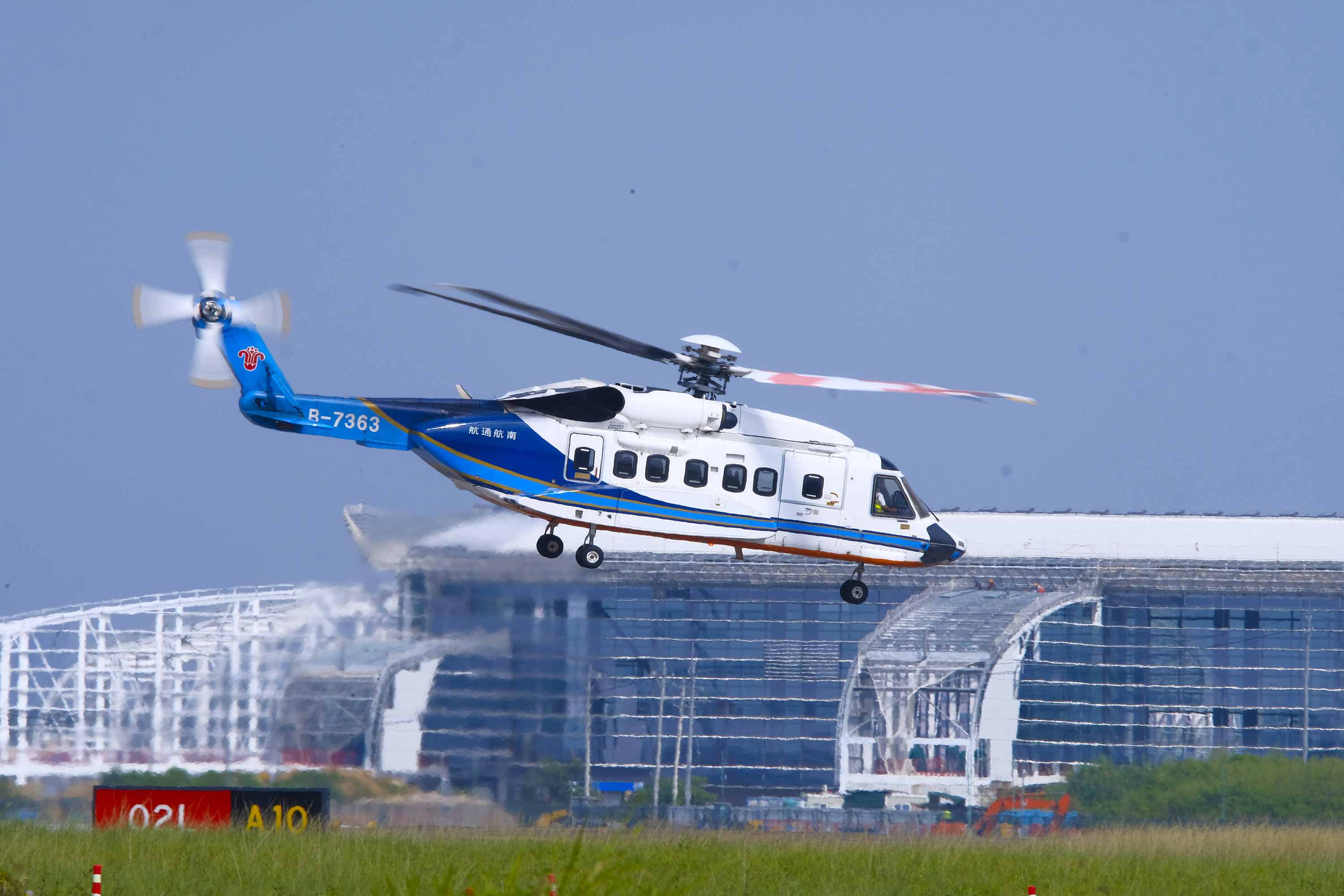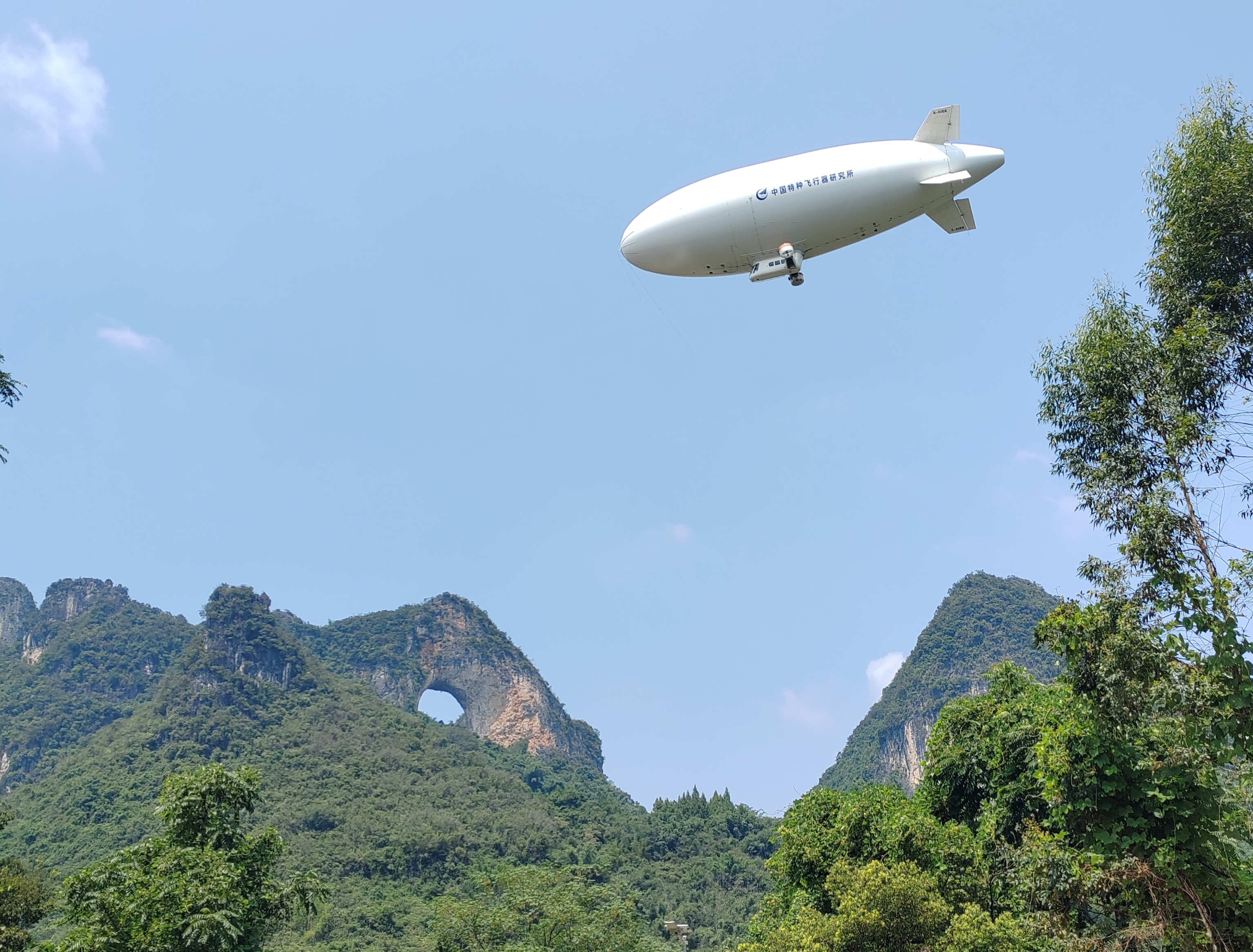
CYL688.VIP New aircraft, scenarios brighten China's low-altitude skies
发布日期:2025-01-07 17:52 点击次数:160

BEIJING, Sept. 27 (Xinhua) -- Impressive new developments in terms of aircraft have been evident across the vast skies of China recentlyCYL688.VIP, igniting aviation dreams and fueling business ambitions in the burgeoning low-altitude economy.
A huge white manned airship is adding a new viewing option from which to enjoy the ink painting-like natural landscapes of Yangshuo County in Guilin, south China's Guangxi Zhuang Autonomous Region.
The Special Vehicle Research Institute under the Aviation Industry Corporation of China (AVIC) recently delivered this AS700 airship to Guangxi Guilin Ark General Aviation Co., Ltd. in Yangshuo, confirming that this new type of airship had achieved its key phases of development, airworthiness certification and delivery.
"The ten-seater AS700 airship is also known as 'Auspicious Clouds' in Chinese, which reflects its leisurely flying state akin to a cloud in the air," said Zhou Lei, chief designer of the AS700 at the AVIC Special Vehicle Research Institute, while adding that it is a perfect fit for sightseeing in scenic areas like Yangshuo.
The AS700 airship is but one chapter in the big story of China's burgeoning low-altitude economy.
The Chinese leadership recently reiterated its determination to improve the institutions and mechanisms for modernizing infrastructure, a policy made evident by a resolution adopted at the third plenum of the 20th Communist Party of China Central Committee.
一、航母弹射器的从“非主流”到“顶流必备”
1954年美国建成世界上第一艘核动力潜艇——“鹦鹉螺”号核潜艇CYL688.VIP,开辟了船用核动力技术发展的新纪元。截止到目前,全世界共建造了 500 余艘核动力船舶。除研建各型核动力军舰外,CYL688.VIP很早就开始核动力民用商船的探索,但是并不顺利。
The resolution noted that China will develop both general aviation and its low-altitude economy.
Currently, more than 20 provinces and regions in China have either included development of the low-altitude economy in their local government work reports or introduced related policies, moving quickly to establish a foothold in this sector and aiming to introduce new technologies into this new market.

Rapidly evolving scenes can be found in low-altitude skies across China. The airspace below 1,000 meters is becoming increasingly bustling, featuring various emerging transport modes such as "air shuttle buses" and "air taxis."
In mid-August, a helicopter passenger transport service was launched between the city of Kunshan in east China's Jiangsu Province and the neighboring Shanghai Municipality -- China's economic hub.
This mode of fixed-points passenger air transport introduced a new form of low-altitude traffic to China's Yangtze River Delta region.
The helicopter trip takes about half an hour, while the same journey by car requires about two hours. "The helicopter flight is steady, and I experienced no discomfort such as tinnitus. It is quite a pleasant journey with scenery on the route," said a female passenger surnamed Ji.
The low-altitude economy is an emerging industry that includes not only conventional general aviation, but also drone-supported low-altitude services and multiple other fields such as unmanned systems, autonomous driving and chip technology, according to Sun Wensheng, an official with the Civil Aviation Administration of China.
Presently, it mainly focuses on three major domains, namely the consumer-level drone industry, the integration of drones with the digital economy in fields such as agricultural pest control, power line inspection and weather monitoring, and logistics and manned transport.
It is estimated that the scale of China's low-altitude economy had exceeded 500 billion yuan (about 71.3 billion U.S. dollars) in 2023, and it is expected to surpass 2 trillion yuan by 2030.

Aircraft developers, operators and related service providers are actively exploring more innovative types of aircraft and new low-altitude application scenarios to secure a share of the booming low-altitude economy.
"In addition to low-altitude sightseeing, we are also planning to introduce the AS700 airship to various other low-altitude application scenarios such as aerial advertising, urban security, aerial surveying and emergency rescue operations," said Jin Tao, deputy head of the AVIC Special Vehicle Research Institute.
The institute is also developing more innovative types of airships, electric-powered airships and unmanned airships, while other innovative models are in the planning phase, according to Jin.
"Eyeing the vast skies of the low-altitude sectorCYL688.VIP, we are dedicated to developing a series of high-end, intelligent and eco-friendly airships and other types of new aircraft," Jin added. ■